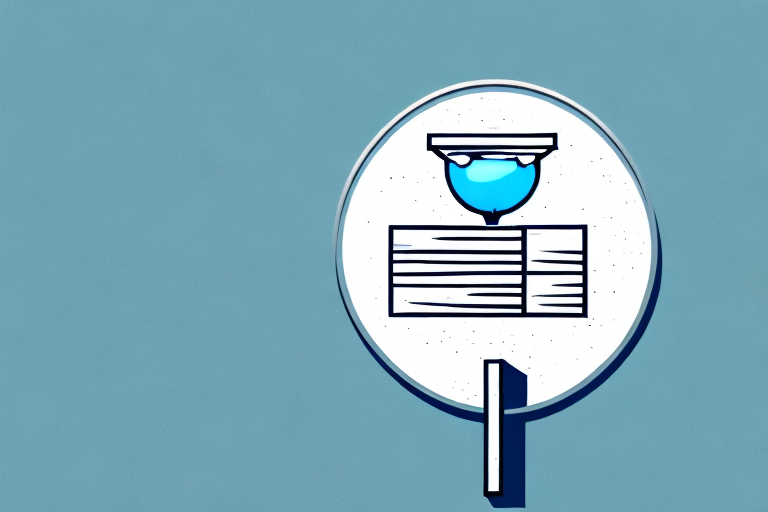With interest rates at record low levels, both investors and owner-occupiers have found themselves in a very nice position when it comes to servicing a home loan.
There’s no doubt that the current low rates have been one of the key drivers behind the boom in residential property prices over the past 12 months, however, there are still some key considerations you need to make when looking at the various home loan products on offer.
For investors and to a lesser extent owner-occupiers, the key decision is normally around whether you should be paying off interest-only or a combination of principal and interest.
Investors, in particular, should certainly consider the advantages of paying off interest-only, especially if your goal is to continue to build a large property portfolio over time.
The main reason for investors to consider an interest-only home loan is the fact that it frees up additional cash flow, that you can then use to buy more properties.
For example, if you purchase a property with $1 million of debt, in the current environment, you’d likely be paying around $30,000 per year in interest. If you were to choose a P&I loan, you’d more realistically be looking at $60,000 as you would be paying interest and also paying down the principal component.
On the surface, the advantage of this should be obvious, as it means you could potentially buy a second investment property with that additional $30,000 per year. That would mean you have the ability to exponentially increase your wealth from multiple properties, instead of simply paying down debt.
The other advantage is that the interest component on an investment property is also tax-deductible. Meaning it reduces your overall tax bill and frees up even more cash down the track. However, while paying off interest-only is a good option for many investors, there are also some important considerations.
The first thing to consider is that interest-only home loan products are normally only for a set period of time. For the most part, this is usually four to five years, after which, the home loan will revert to principal and interest.
That could mean, you were paying off $30,000 per year one week and the next your repayments effectively double.
The other key consideration is that you still have to be able to obtain finance and service any loan, based on your income and expenses. Lenders will generally assess your application by looking at your income, which includes the repayments on a potential home loan. The issue is that most don’t assess you at the current interest rate. They will assess you using a ‘buffer’ rate, which might mean you still need to have a decent income in place to get the finance in the first place. So even if you’re trying to get an interest-only loan, the lender will still want to see that you can service a loan based on that higher P&I loan and then some.
Similarly, if you want to refinance to another interest-only loan down the track instead of moving to P&I, you’ll need to have enough income to do so.
Interest-only loans are also slightly higher than the comparable P&I loan in terms of interest rate. We also see lenders offering owner-occupiers a low introductory interest rate that an investor might not be able to access. However, as the top buyers agency in Melbourne we would normally recommend interest only for investors.
For owner-occupiers, normally it is worth paying down principal as well. Firstly, you can’t claim those tax deductions on your PPOR and ultimately, the only way to reduce those repayments is to reduce the debt. Generally speaking, lenders don’t like to offer interest-only loans to owner-occupiers either, however, there are always exceptions.
In the current environment, it really is the best opportunity to borrow money that we have ever seen. If you’re in a position to get finance, it’s well worth having a discussion with your mortgage broker about what your options are and making the most of interest rates at these levels.









